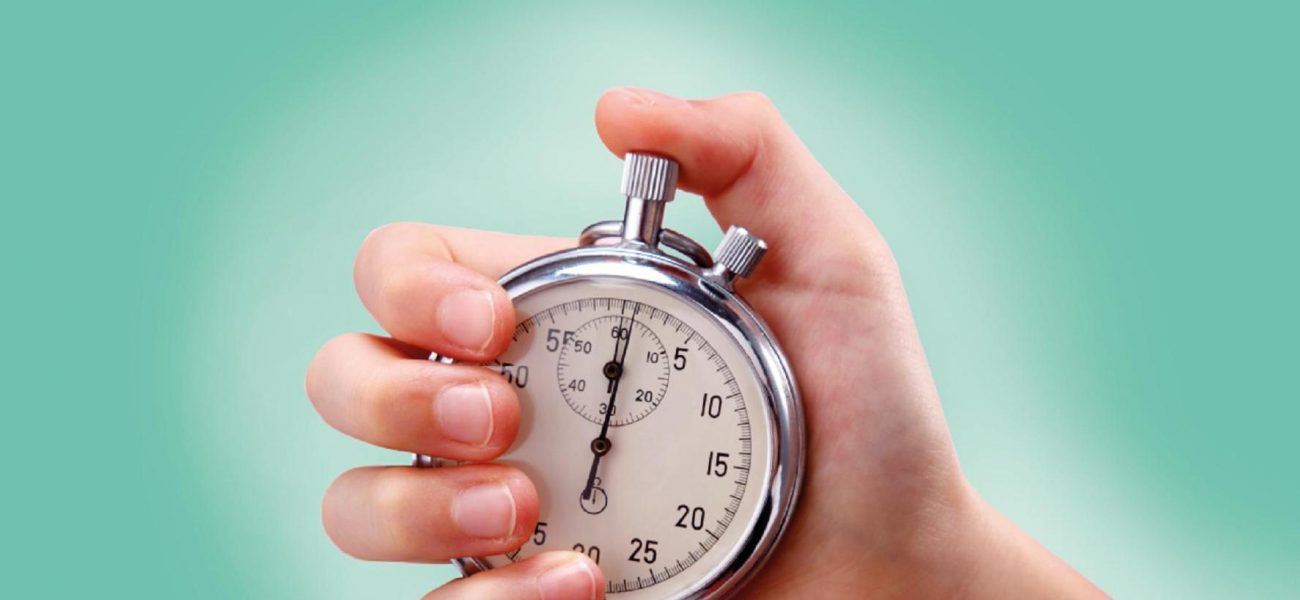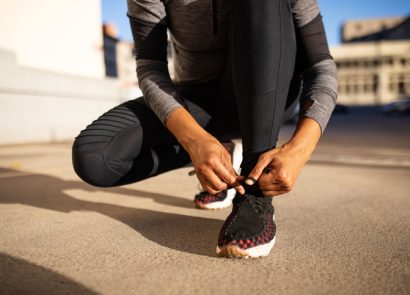Forget buying fancy equipment, spending lots of money or joining the long waiting list for a GP appointment – these quick, easy tests are verified by the professionals and can be done in the comfort of your own home. They may be basic, but don’t be fooled by their simplicity as they can be very revealing about the current state of your body – “30 seconds may not feel like a lot of time, but it’s amazing what you can learn about your health,” says Katheryn Granleese, pharmacist at Superdrug (superdrug.com). In fact, some of these tests could even save your life, as an early diagnosis is essential to beating illnesses such as breast cancer. Of course, these tests aren’t intended to replace a visit to your doctor – always get looked at by your GP as soon as possible if anything is amiss. And the best part of these checks? You’ll be done in under a minute. Tick tock!
-
Breasts Everyone’s breasts are different in size, shape and feel,” says Katheryn. “It’s important that you get to know your breasts so you can spot any unusual changes and quickly make an appointment to see your GP.” Unfortunately, despite the shocking fact that one in eight women will develop breast cancer at some point in their lives, one in three women admit that they don’t check their boobs, and a fifth of these say it’s because they don’t know how to do it, according to Breast Cancer Care (breastcancercare.org.uk). “Regularly examine them for look and feel, feeling all parts of the breast, armpits and up to your collarbone,” Katheryn advises. Remember to do this once a cycle – the best time is a week after your period has finished, and keep an eye out for changes such as skin texture, lumps, rashes, discharge and swelling. If you do find anything you’re not sure about, make an appointment with your GP.
-
Moles “As ever, skin cancer is on the rise, and it’s not just during the summer when we need to be aware of any changes to existing moles, or new ones,” warns Dr Ross Perry, GP and medical director of Cosmedics (cosmedics.co.uk). “It takes seconds to look over your whole body, including areas such as the soles of your feet and your bottom (even though they get little to no sunlight, they could still be affected). Get your partner or a family member to check your back and any places that you can’t see directly yourself. Look out for any dark or irregular moles that seem different from the others, particularly if they’re raised, crusty, flaky, bleeding, itchy, or have changed shape, size or colour. If you do find one, it’s more than likely to be nothing to worry about, but book an appointment with your GP as soon as possible to rule out any initial concerns.”
-
Eyes “Modern lifestyles mean that we’re having more problems with our eyes as a nation, and dry eyes is one of the most common issues,” says optometrist Sarah Farrant (tearclinic.com). “This occurs because your peepers aren’t producing enough tears, or that they’re evaporating too quickly. Your eyes can become red and feel gritty or watery, with symptoms often worsening throughout the day. Common triggers include too much screen time, age, contact lenses, the weather and central heating. You can check if you have it with a simple test – pick a spot and stare straight at it for as long as possible. If you feel discomfort and need to blink before 10 seconds are up, you could have dry eyes. Luckily, there are lots of things you can do to soothe this! Always remember to take regular screen breaks (follow the 20-20-20 rule – look away from your monitor or phone every 20 minutes at a spot 20 feet away for 20 seconds) and up your blinking frequency to flush your eyes with hydrating tears.”
-
Urine It’s a bit of a taboo subject and not something that we really like to talk about, but keeping an eye on your urine is important as the colour, density and smell of it can say a lot about your health. “Always check after you’ve been to the toilet and aim for a nice, transparent yellow liquid,” states Katheryn. “If it’s completely clear, then you’re drinking too much water, but if it’s an amber colour, that means that you’re dehydrated, so try to up your intake of fluids. Foods such as beetroot, blueberries or rhubarb could make your urine red, but if you haven’t eaten any of those recently, it could be blood – make an appointment with your doctor as soon as you can to get this checked out and see what could be causing the problem.”
-
Arteries Peripheral arterial disease (PAD) is a common condition, but you can check for it yourself at home with the cushion test. “This is a quick way to help give an indication as to whether you could have blocked arteries, which could potentially increase the risk of heart disease or diabetes and other health conditions,” says Dr Andrew Thornber, chief medical officer at the Now Healthcare Group (nowhealthcaregroup.com). “All you need to do is lie down on a sofa or bed and elevate both of your legs to a 45-degree angle on a pile of cushions. After about a minute, quickly pop your legs onto the floor to about 90 degrees. If one or both of your feet become very pale when elevated, but take several minutes to return to a normal pink colour, or become bright red when hanging, then it’s worth speaking to your GP. Additional signs of this disease to look out for are cramping, pain and tiredness.”
-
Gums “There is nothing like being distracted by a big gleaming white smile, but gum disease is not so pretty,” Katheryn tells us. “A quick check in the mirror when brushing your teeth can reveal any early signs of the problem, such as redness, bleeding or receding gums. Always aim to brush your teeth just before you go to bed and on one other occasion each day for two minutes, and floss frequently. Make sure you attend your regular dental meeting and, in most cases, your dentist or dental hygienist will be able to treat your gum disease with a teeth cleaning.”






















